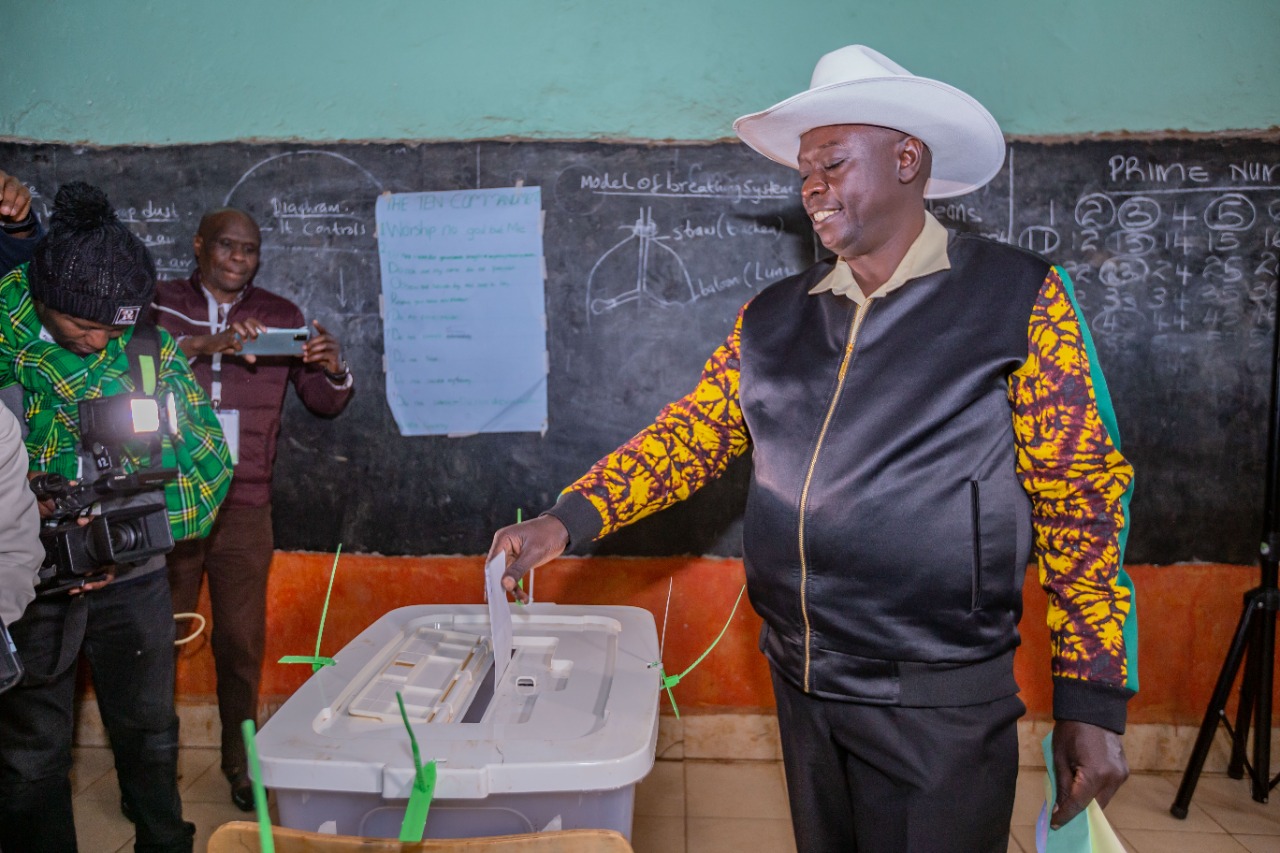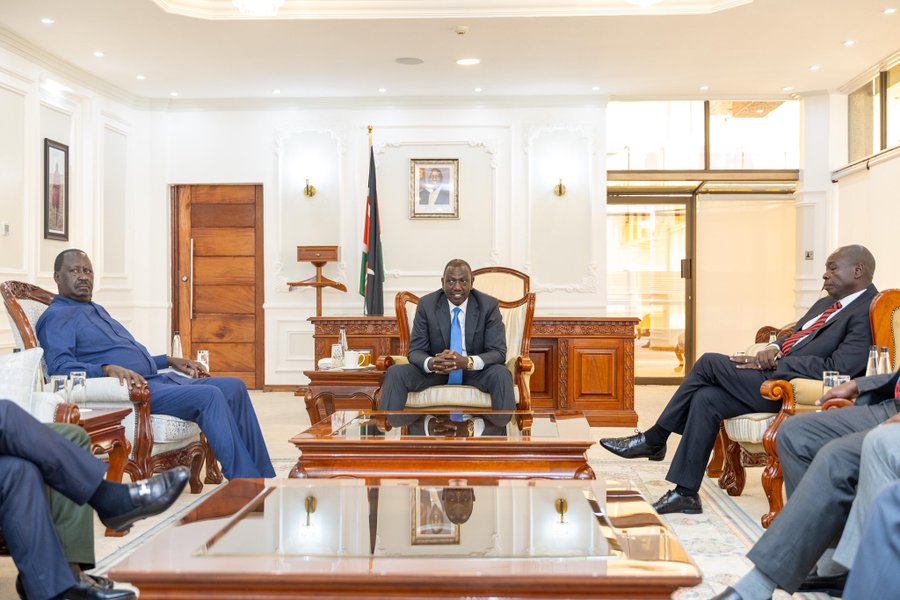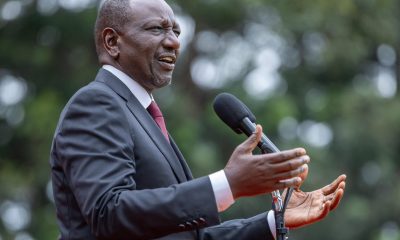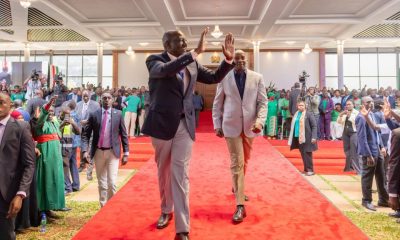Politics
Gachagua’s Fate: The Impeachment of a Deputy President In Kenya
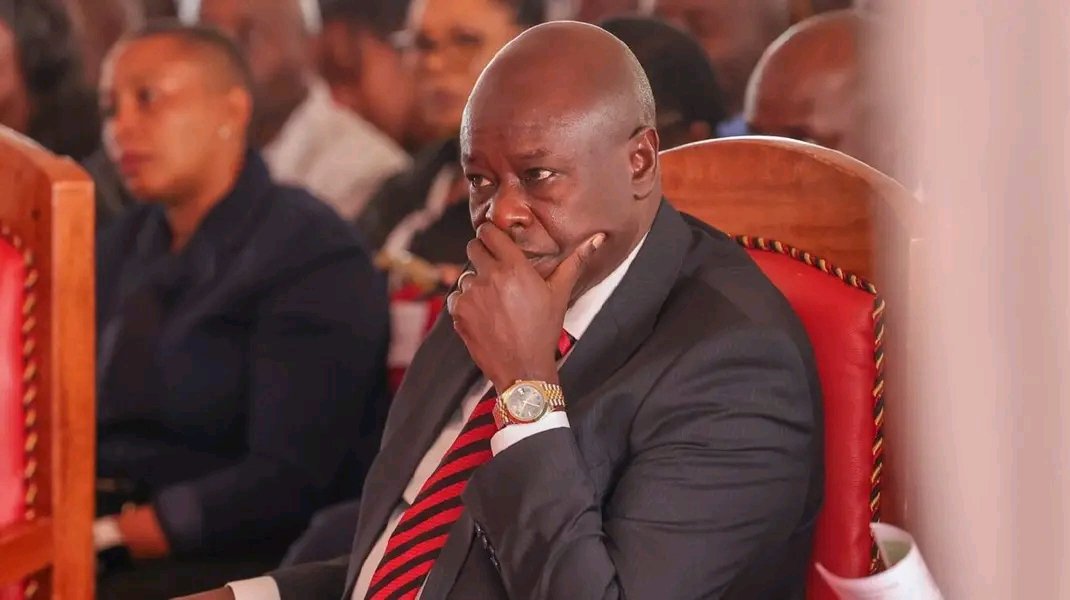
Kenya is no stranger to political turmoil, and the current situation is no different. Two years into office, President William Ruto’s fallout with Deputy President Rigathi Gachagua has reached a boiling point.
Political insiders have hinted at a brewing storm, with impeachment plans against Gachagua gaining momentum.
The alliance between Ruto and opposition leader Raila Odinga has raised eyebrows, leading to claims that the new political pact is designed to push Gachagua out of office.
With over 116 lawmakers reportedly supporting the motion, Kenya may be on the verge of witnessing a significant political shift.
Gachagua’s Fate: Will His Impeachment Be a Political Earthquake?
The push to impeach Deputy President Rigathi Gachagua has ignited political tremors across Kenya, with alliances shifting ahead of the 2027 elections.
Gachagua, once seen as a close ally to President Ruto, now faces opposition from within the government. However, Gachagua’s political survival could lead to unexpected realignments.
Former Vice President Stephen Kalonzo and DAP-K leader Eugene Wamalwa have vowed to stand by Gachagua, positioning themselves for a potential coalition with the left-leaning remnants of Azimio.
This would create a formidable opposition block against Ruto’s camp, signaling a dramatic shift in the country’s political dynamics.
The impeachment effort, initially seen as political maneuvering, could trigger a seismic realignment as Gachagua’s camp seeks new allies.
With 2027 on the horizon, these evolving alliances could drastically reshape Kenya’s leadership and future political landscape, leaving the nation’s power balance in flux. All eyes are on the next move.
The Process of Impeaching a Deputy President in Kenya
Kenya’s Constitution provides a clear legal framework for impeaching a Deputy President, though it’s a rare occurrence in the country’s history.
Under Article 150, the process can be initiated on several grounds: physical or mental incapacity, gross violation of the Constitution or any other law, serious criminal allegations, or gross misconduct.
This process mirrors that of removing a sitting President, meaning it requires careful legal and political maneuvering to succeed.
The process starts with a motion in the National Assembly, which must garner the support of at least one-third of the Members of Parliament (MPs).
Once the motion is submitted, the National Assembly Speaker reviews it, and if the grounds for impeachment are valid, it moves to the next phase.
If the motion is approved by at least two-thirds of MPs, it then moves to the Senate, where a special committee is formed to investigate the allegations.
The Deputy President has the right to defend themselves before this committee, and if the committee finds merit in the allegations, the Senate must vote. A two-thirds majority in the Senate is required to finalize the impeachment.
The Political Battle Behind Gachagua’s Impeachment
The growing tension between President William Ruto and his deputy, Rigathi Gachagua, has created a political fissure within the Kenyan government.
Gachagua has accused Ruto of betraying their pact by forming an alliance with opposition leader Raila Odinga.
Many believe this new relationship with Odinga is a calculated move to sideline Gachagua and consolidate power.
Gachagua’s claims of insubordination, fueled by political whispers, have only intensified the impeachment push.
The alliance between Ruto and Odinga has left many of their respective allies excited and nervous in equal measure.
On one hand, this newfound cooperation could stabilize the country by promoting unity between the ruling party and opposition.
On the other hand, it presents a serious threat to Gachagua’s position, as Raila’s influence could easily sway members of the opposition to back the impeachment motion.
The Role of Parliament and Political Maneuvering
The impeachment process against Rigathi Gachagua has reportedly gained support from more than 116 MPs, surpassing the one-third threshold required to table the motion.
According to insiders, the motion may be tabled even before President Ruto returns from his trip to the United States. However, the process is delicate, and any misstep could provide Gachagua with an opportunity to defend himself against these allegations.
Reports suggest that MPs from both Ruto’s camp and Raila’s camp are involved in the plotting, with Leader of Minority Junet Mohammed receiving direct instructions from Raila Odinga to rally support for the impeachment.
The bipartisan nature of this motion demonstrates the fragility of political alliances in Kenya, where allegiances can shift dramatically in response to changing political winds.
One question lingers: Why now? Some argue that Gachagua’s outspoken nature and disagreements with the president have isolated him within government circles.
Others point to the fact that Ruto’s administration has faced significant challenges, including economic hardships and widespread corruption allegations, and that removing Gachagua could be part of a larger strategy to regain public trust.
What Happens After an Impeachment?
Should Rigathi Gachagua be impeached, the Constitution outlines the next steps. Within 14 days, the President must nominate a new Deputy President, subject to a vote in the National Assembly.
This nomination process is highly significant, as it could either solidify Ruto’s grip on power or deepen divisions within the government.
If Gachagua is impeached, the political ramifications will be felt far beyond his removal. The process could destabilize Ruto’s government, potentially alienating the Mount Kenya region, which has been a key support base for both Ruto and Gachagua.
The fallout could also affect the future of the 2027 general elections, with the political landscape reshaping itself in the wake of these events.
Kenya’s political class is known for its ability to forge and break alliances based on convenience. The Ruto-Raila pact may hold for now, but if history is any indication, these alliances are often temporary.
What will remain in the public’s memory, however, is the precedent that will be set if a Deputy President is impeached in such a dramatic fashion.
A Political Earthquake on the Horizon?
The potential impeachment of Deputy President Rigathi Gachagua is shaping up to be one of the most significant political events in Kenya’s recent history.
The fallout between Gachagua and Ruto, coupled with the alliance with Raila Odinga, has created a situation where political survival is at stake.
The process of impeaching a Deputy President is a high-stakes game, and if it goes through, it will signal a major shift in Kenya’s political landscape.
The next few weeks will be critical, as lawmakers move to table the motion and the political maneuvering intensifies.
Whether or not the impeachment succeeds, it has already exposed the fragile nature of Kenya’s political alliances and the lengths to which leaders will go to consolidate power.
One thing is certain: Kenya is about to experience a political earthquake, the aftershocks of which will be felt for years to come.
Kenya Insights allows guest blogging, if you want to be published on Kenya’s most authoritative and accurate blog, have an expose, news TIPS, story angles, human interest stories, drop us an email on [email protected] or via Telegram
-

 Investigations2 weeks ago
Investigations2 weeks agoMoney Bior, Lawyer Stephen Ndeda Among 18 Accused Of Running An International Fraud Ring Involved With Scamming American Investor Sh500 Million
-

 Investigations2 weeks ago
Investigations2 weeks agoNestlé Accused of Risking Babies’ Health in Africa with ‘Toxic’ Cerelac Product Sold Highest in Kenya
-

 Investigations1 week ago
Investigations1 week agoHow Land Grabbing Cartels Have Captured Ardhi House
-

 News2 weeks ago
News2 weeks ago48-Year-Old Woman Who Pushed 25-Year-Old Boyfriend To Death From 14th Floor Kilimani Apartment Arrested
-

 Investigations2 weeks ago
Investigations2 weeks agoKDC Rocked With Fresh Sh500 Million Tender Scam
-

 Grapevine2 weeks ago
Grapevine2 weeks agoMP Anthony Kibagendi Assault and Injures Kisii Man He Accuses Of Sleeping With One Of His Girlfriends
-

 Investigations3 days ago
Investigations3 days agoInside the Deadly CBD Chase That Left Two Suspects Down After Targeting Equity Bank Customer Amid Insider Leak Fears
-
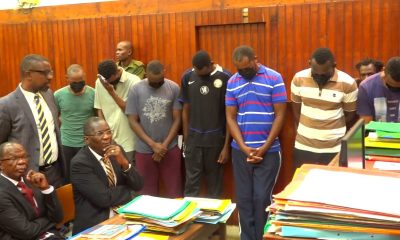
 News2 days ago
News2 days agoSeven KDF Soldiers Accused Of Stealing Meth From Sh192 Million Mombasa Bust Detained For 10 More Days

